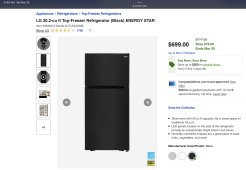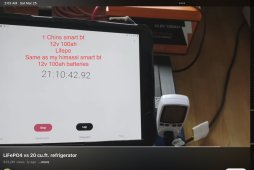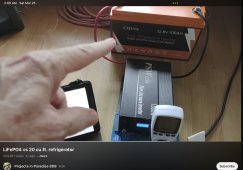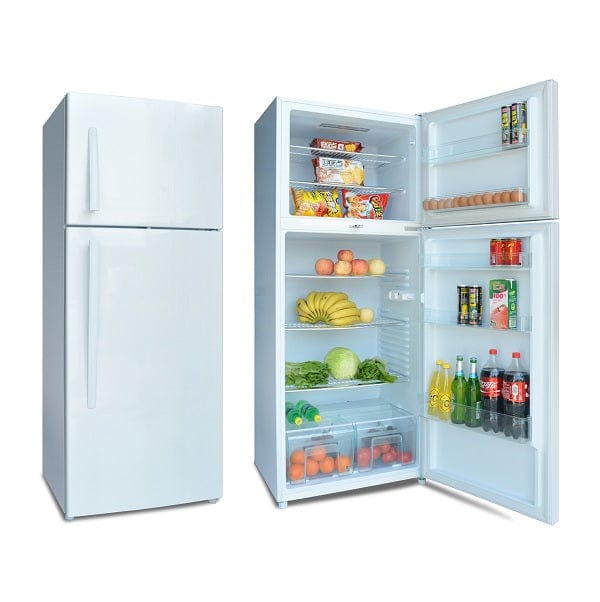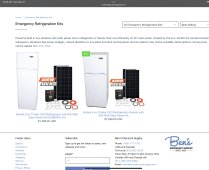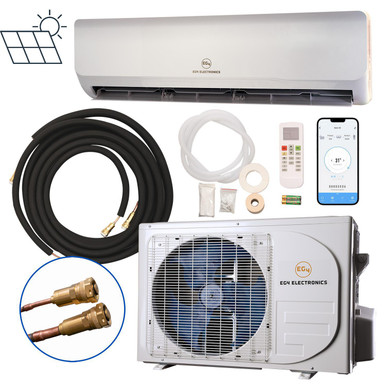Zwy
Solar Wizard
It was well discussed back in the day in industry forums. I was a beta tester for Neutronics in the past on their equipment, knew Peter Coll thru the forums and he was a great contact for industry information. The problem at the time was the refrigerant identifiers could not reliably test for R40. Quite a few ship fires at the time. What occurred was industrial chillers were brought in to Vietnam, then filled with refrigerant. Once in the US, the refrigerant was extracted and bottled, then sent out. I believe it was a way to circumvent customs and tariffs.Sorry to side track here, but I work on the refrigerated containers on ships and there was a time many years ago when there was a HUGE deal with some of the R-134a gas coming out of Vietnam for a while. It was contaminated and would occasionally explode when you filled a system and fired it up. The pictures of the aftermath made me pucker for quite a while...
From their press release:
Exton, PA (December 21, 2011). Neutronics has issued the
following urgent "Statement of Action" to all industries
using R134a refrigerant:
Statement of Action After review of information provided by
many reputable sources, Neutronics urgently advises that all
industries using R-134a refrigerant immediately test all
cylinders thought to be virgin R-134a (including new 30
pound cylinders). This can be done with a Neutronics Ultima
ID DX or HV series Refrigerant Identifier. Any cylinder that
is "failed" by the identifier or found to contain 100% R134a
with ANY "Air" or "Non(NCG)" should be isolated. It has been
reported that cylinders containing contaminated refrigerant
are marked as "R-134a" and some have counterfeit name brand
chemical company labeling. This contaminated refrigerant
cannot be identified using standard pressure and temperature
measurements of the cylinder.
Background Several months ago, Neutronics Inc., Refrigerant
Analysis Division, was engaged by the ocean going shipping
industry to assist with a R-134a refrigerant contamination
problem that reportedly resulted in several deaths and a
significant interruption to ocean going transport. During
the course of this activity, it was discovered that this
dangerous refrigerant contamination problem was not isolated
to a single industry but had potentially penetrated the
R-134a refrigerant supply for applications in many global
markets including automotive.
Much of the contaminated R-134a refrigerant has been shown
to contain significant quantities of R-40 (aka Methyl
Chloride or Chloromethane). R-40 is extremely toxic,
flammable and highly reactive when exposed to aluminum in
that it forms a third, highly volatile compound. It is
critical to note the safety concerns that R-40 is a harmful
and dangerous material that is not suited for use in R-134a
refrigeration air conditioning systems. Most, if not all of
the contaminated R-134a has been found in counterfeit
labeled "virgin" R-134a cylinders. In one instance it was
reported that "thousands" of 30 lb. R-134a refrigerant
cylinders have been found to be counterfeits of name brand
product. Other suspect virgin R-134a containers have also
been found to contain large quantities of R-22 and R-12
refrigerants.
The vast majority of Neutronics manufactured refrigerant
identifiers are configured for the detection of R-134a,
R-12, R-22 and Hydrocarbons. It is important to note that
the ONLY acceptable readings on Neutronics Ultima ID DX or
HV series refrigerant identifiers for a "virgin" R-134a
cylinder are: R134a 100% R12 0.0% R22 0.0% HC 0.0% Air/Non
0.0%
No current or previous Neutronics R-134a identifier is/was
designed for detection of R40 as a direct contaminant. Not
all Neutronics refrigerant identifiers are suitable for
safely detecting the presence of R-40 in R-134a (e.g. the
"Mini ID R-134a" identifier is not suitable for R-40
detection). Neutronics has evaluated the performance of both
current and legacy refrigerant identifiers to determine
their suitability for use in testing cylinders with the
suspect R-40 material. To date, all reported cases of
"virgin" cylinder contamination have included at least
30%-40% R-40 in the cylinder.
A new reference chart published by Neutronics Refrigerant
Analysis is now available on the Neutronics website that
details the various Neutronics Identifiers currently in the
field and how they should react when exposed to R-40
refrigerant. Interested parties should visit
www.refrigerantid.com [refrigerantid.com] for more
information. This information will be readily available on
the home page.
Neutronics was a great company in the early years, I own 5 of their identifiers. The problem was Peter and others were ready to retire and the company was sold off to Bacharach which is now some other company. Peter was smart, he sat on the SAE boards and they set the rules and regs for refrigerant equipment standards. It was required after a certain date that any refrigerant recycler had to be equipped with an indentifier and if it failed the test the machine would not pull any refrigerant out or charge the system. The only company that made identifiers was Neutronics.




